The Acropolis is a fascinating and awe-inspiring architectural wonder that speaks volumes about the rich history of ancient Greece. Located on a rocky outcrop in the heart of Athens, the Acropolis has survived the test of time and stands to this day as a timeless example of the grandeur and cultural heritage of the Greek civilization.
For over 2,500 years, the Acropolis has witnessed significant historical events, from the rise and fall of empires to the birth of democracy. Its iconic structures, including the Parthenon, the Erechtheion, and the Temple of Athena Nike, highlight the architectural savvy of the ancient Greeks.
Despite centuries of pillaging, destruction, and restoration, the Acropolis has persisted as a symbol of resilience and cultural significance. Today, it is designated as a UNESCO World Heritage site, attracting visitors from all over the world to marvel at its timeless beauty and to appreciate its enduring impact on architecture and culture.
If you’re planning to visit the Parthenon in Athens, Greece, here’s a travel guide to help you make the most of your experience:
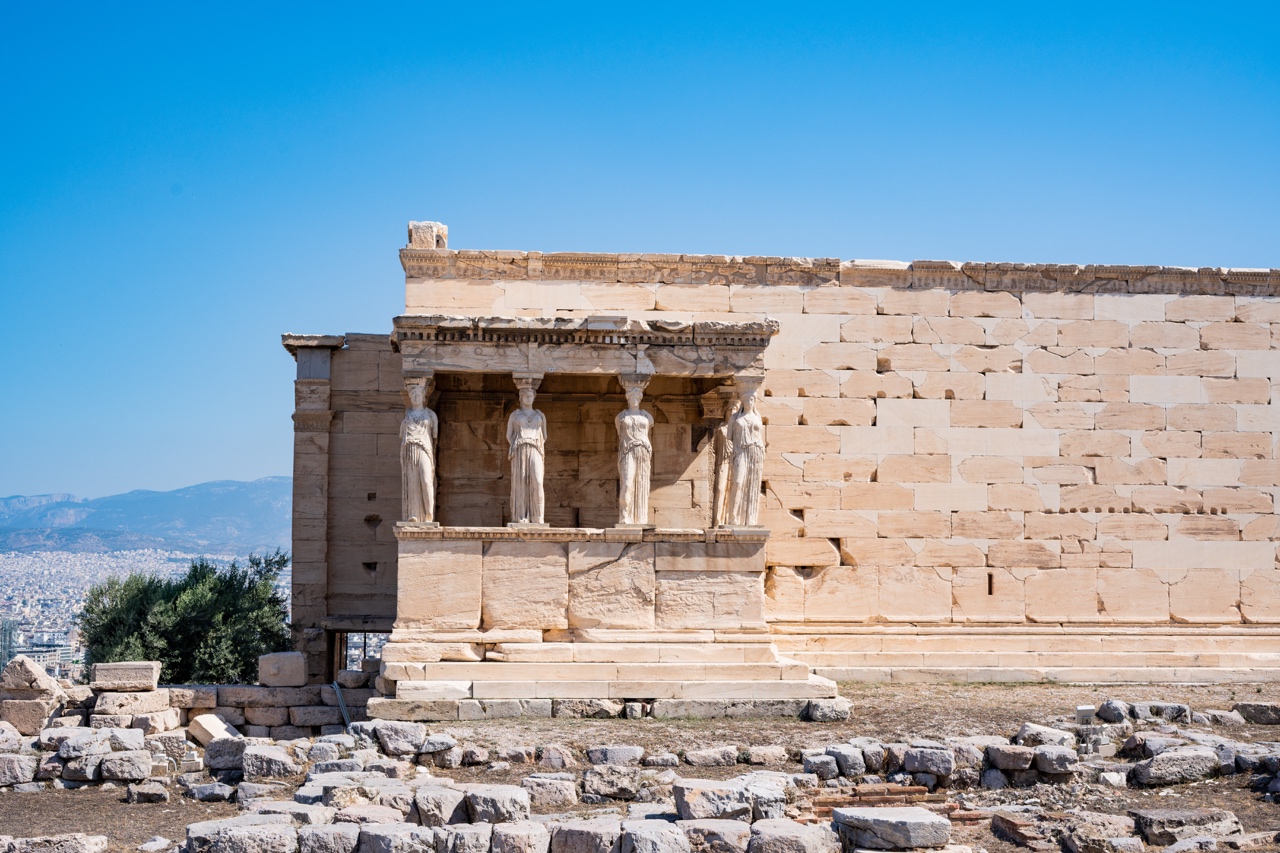
LOCATION
The Acropolis is a hill in the centre of Athens which overlooks the city. The most iconic building, the Parthenon, it is an ancient temple dedicated to the goddess Athena, the patron deity of Athens. The Parthenon is considered a symbol of classical Greek architecture and is one of the most famous landmarks in the world.
TICKETS AND ENTRY
To access the Acropolis and the Parthenon, you need to purchase a ticket. You can buy tickets just for the Acropolis, or get bundles such as the Athens CityPass that include entry to other famous sites, like Hadrian’s Library, Acropolis Museum, and the Ancient Agora of Athens. Entry tickets just for the Acropolis cost 25 euros/person, and can be purchased here.
There are multiple entry points, but the main entrance is located near the Acropolis Museum. It is advisable to arrive early in the morning or later in the afternoon to avoid the crowds and the heat during peak tourist seasons.
Consider joining a guided tour to enhance your understanding of the historical and architectural significance of the Parthenon. Many tour operators offer informative guided tours that provide insights into the temple’s construction, mythology, and ancient Greek culture. Alternatively, you can also hire an audio guide to explore at your own pace.
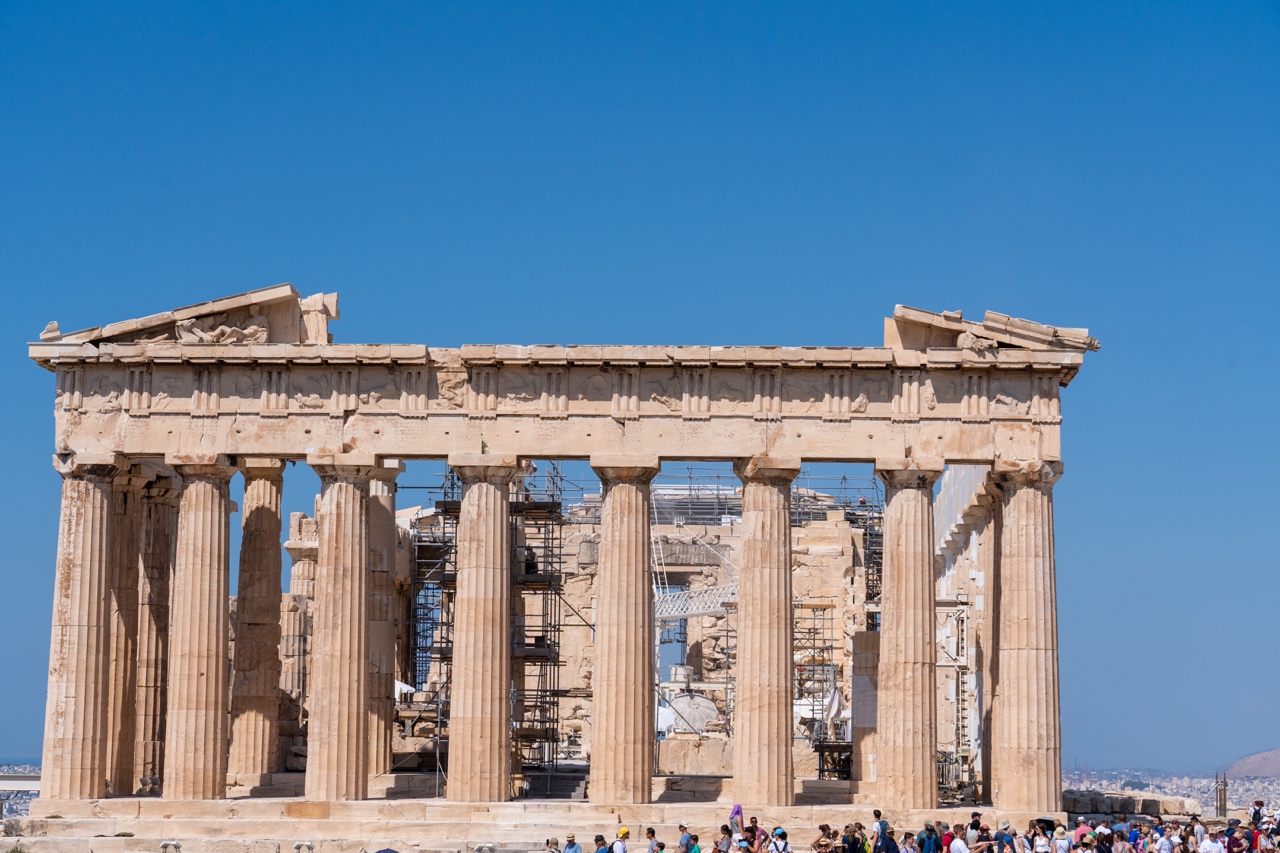
HISTORY AND ARCHITECTURE
The recorded history of the Acropolis dates back to the end of the Bronze Age, where it was cultivated by the Mycenaeans. However, the Acropolis gained prominence during the Golden Age of Athens in the 5th century BCE.
Built around 525 BC, the Acropolis of Athens is the most striking and complete ancient Greek monumental complex still existing today. It is situated on a hill that rises in the basin of Athens. The most iconic structure, the Parthenon, was built between 447 and 438 BCE as a tribute to the goddess Athena.
These structures were built with mathematical precision and displayed intricate detail in their sculptures, which depicted mythical battles, religious rituals, and scenes from daily life. The Acropolis has underwent multiple restoration efforts, and some original sculptures and artifacts are now housed in the Acropolis Museum.
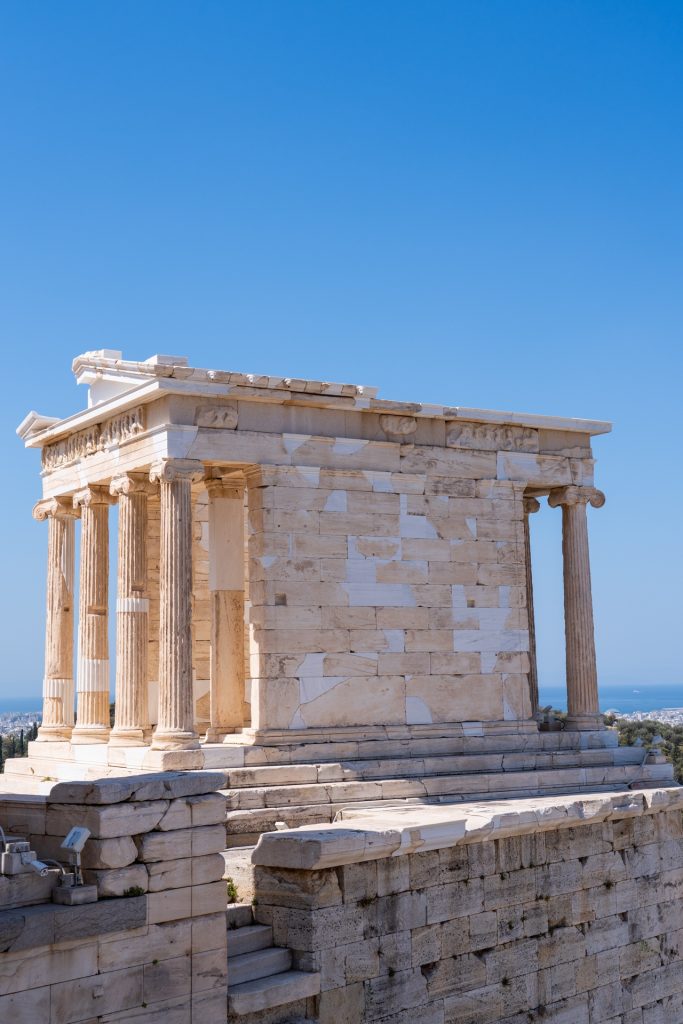
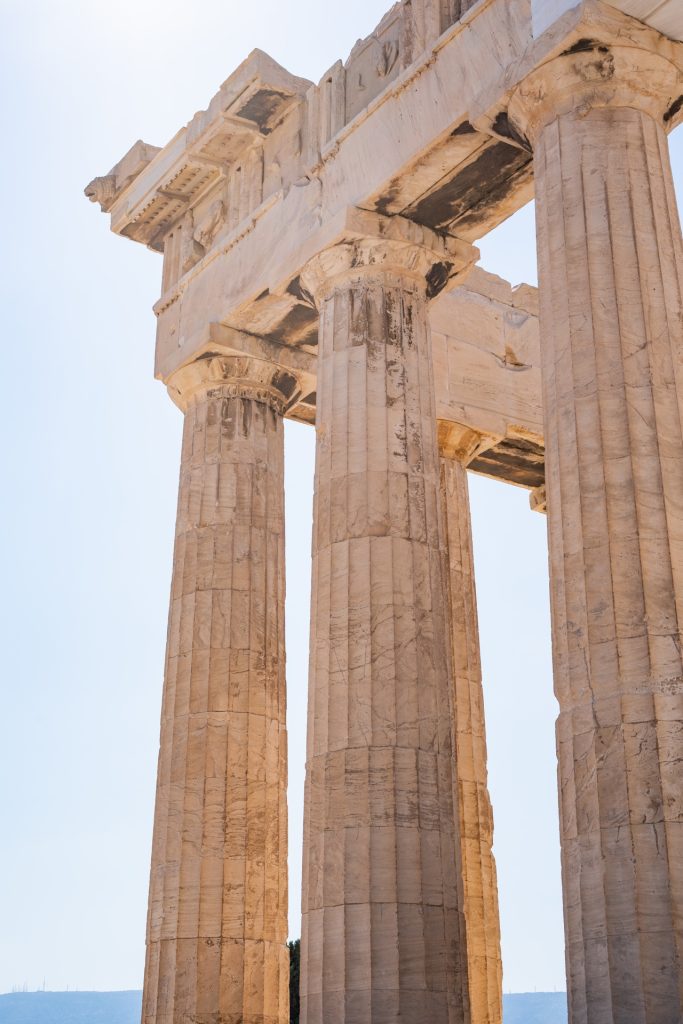
THINGS TO KNOW BEFORE YOU VISIT
Before you embark on your visit to the Acropolis in Athens, here are a few essential things to know:
- Operating Hours: The Acropolis is open 8 am to 8 pm. However, it’s important to check the specific opening hours and any potential closures in advance, as they can vary depending on the season and special circumstances.
- Footwear and Comfort: Wear comfortable footwear suitable for walking on uneven surfaces and climbing stairs. The Acropolis site involves some uphill paths and steps, so it’s essential to be prepared for a bit of physical activity.
- Sun Protection: The Acropolis is mostly exposed to the sun, so it’s crucial to bring sunscreen, a hat, and sunglasses to protect yourself from the sun’s rays. It’s also a good idea to carry a bottle of water to stay hydrated during your visit.
- Crowds: The Acropolis is a popular tourist destination, particularly during peak travel seasons. To avoid large crowds, consider visiting early in the morning or closer to closing time. This can provide a more serene experience and allow for better photo opportunities.
- Photography: Photography is generally permitted in the Acropolis. However, there might be specific areas or exhibits where photography is prohibited. Be mindful of any signage and guidelines provided by the site.
- Accessibility: While efforts have been made to improve accessibility, the Acropolis does have some limitations for individuals with mobility challenges. It’s advisable to check for accessibility options and services available at the site if needed.
By keeping these points in mind, you can better prepare for your visit to the Acropolis and ensure a more enjoyable and fulfilling experience exploring this remarkable ancient site.
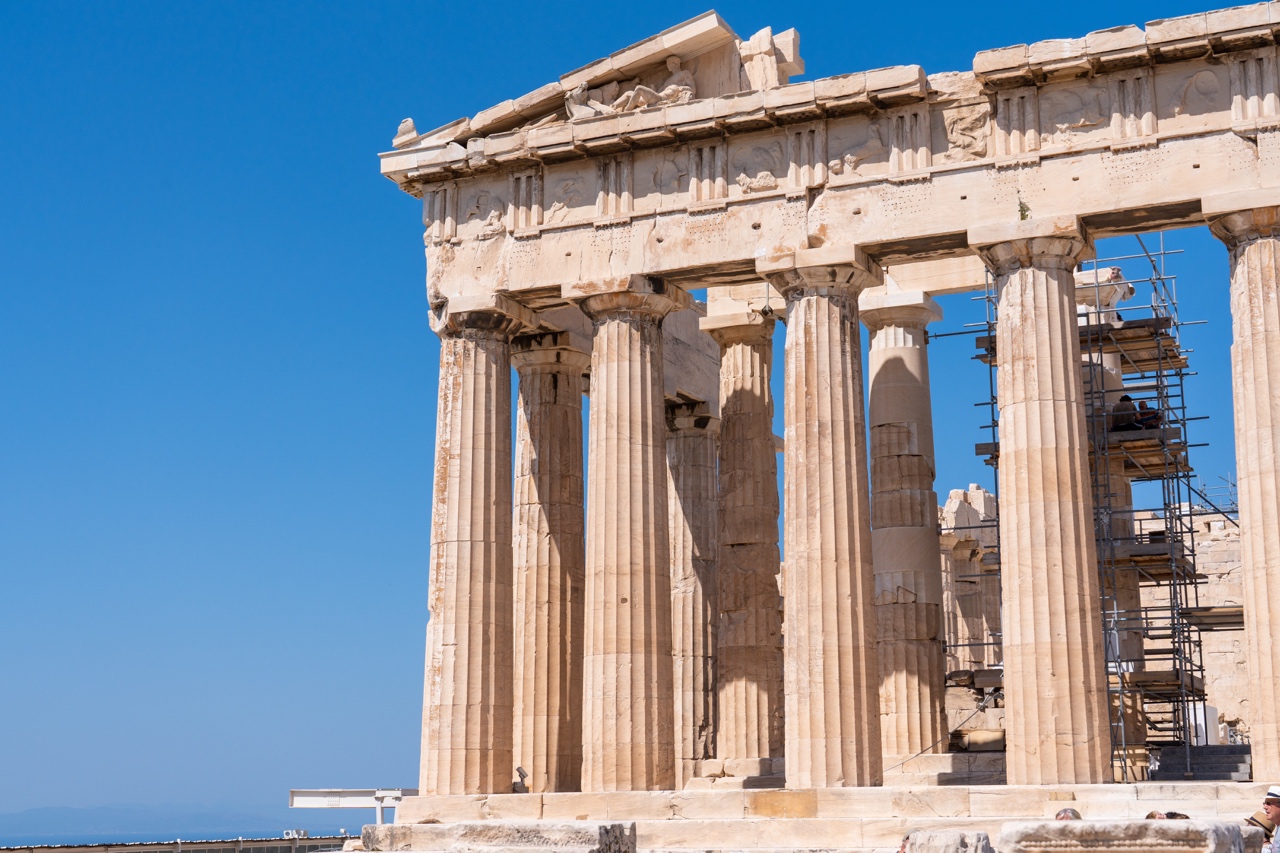
ACROPOLIS MUSEUM
After visiting the Parthenon, don’t miss the opportunity to explore the Acropolis Museum, located nearby. The museum houses a remarkable collection of artifacts found on the Acropolis site, including sculptures, pottery, and architectural fragments. It provides valuable context to understand the history and significance of the Parthenon.

NEARBY ATTRACTIONS
While in Athens, take the time to explore other notable attractions nearby. These include the Ancient Agora of Athens, the Temple of Olympian Zeus, and the Plaka neighborhood, known for its charming streets, shops, and tavernas. You can also visit the National Archaeological Museum to see more ancient Greek treasures.
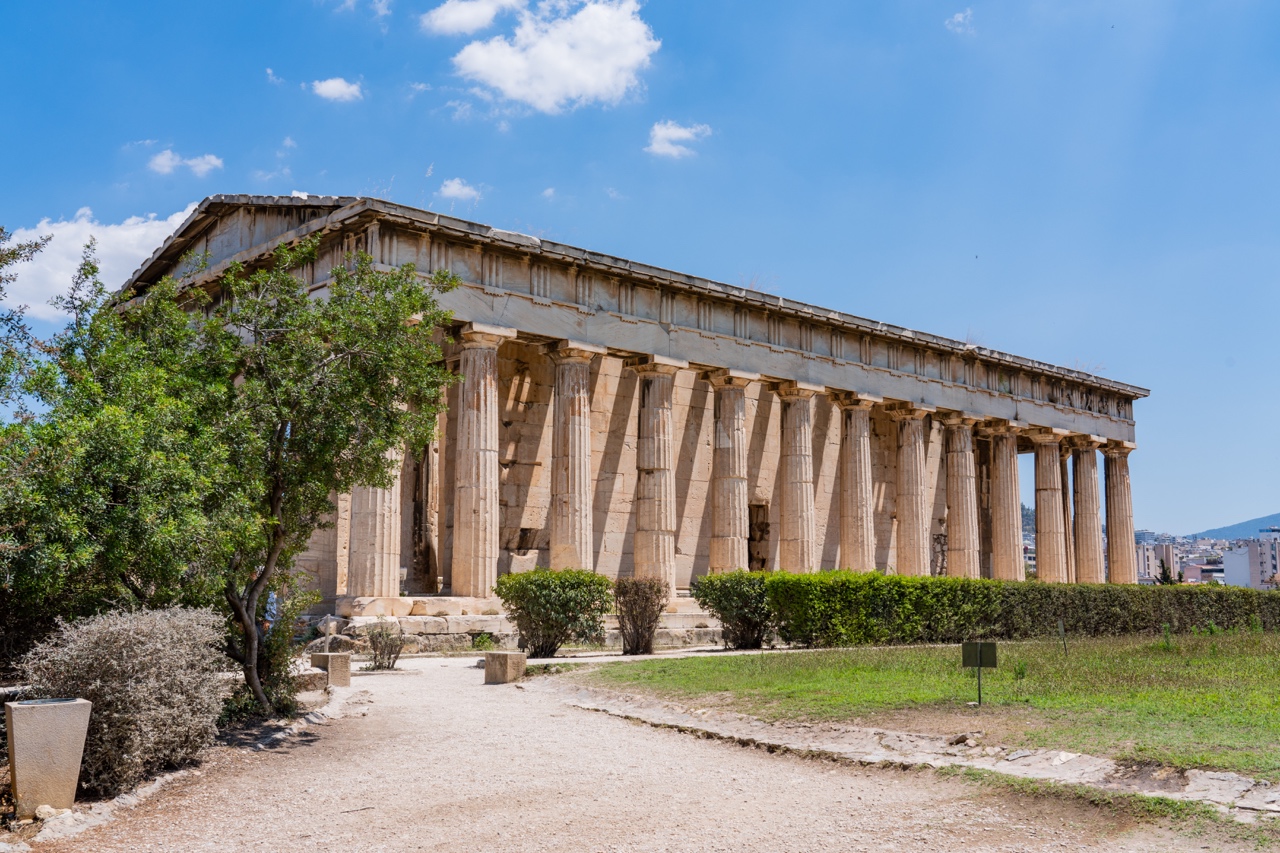
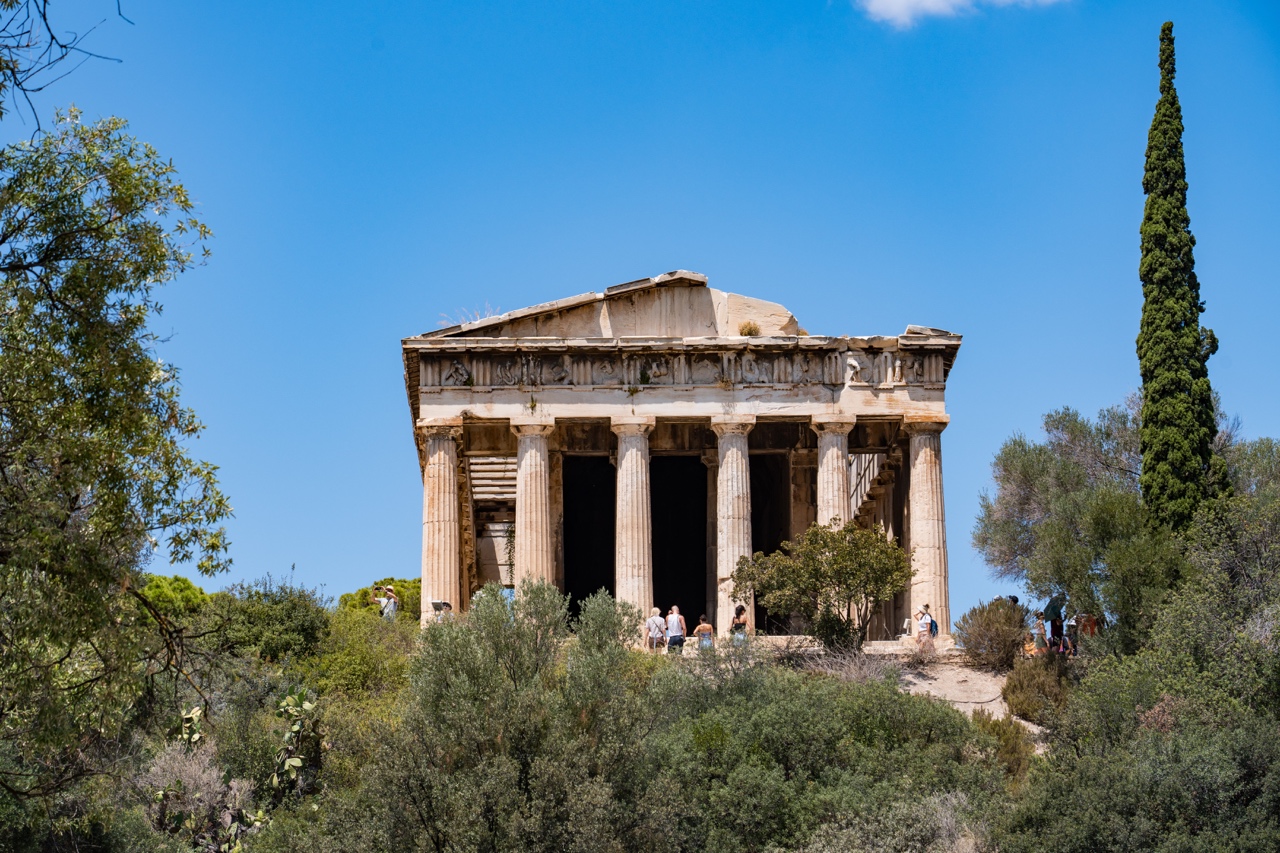
SUNSET VIEWS
Consider visiting the Parthenon during sunset to witness a breathtaking view of Athens. The golden light cast on the city, combined with the illuminated Acropolis, creates a magical atmosphere. However, keep in mind that sunset times can be popular, so plan accordingly and arrive early to secure a good viewing spot.

The Parthenon is a testament to ancient Greek civilization and a UNESCO World Heritage site. Take your time to appreciate the architectural marvels, immerse yourself in history, and enjoy the panoramic views of Athens from this iconic landmark.
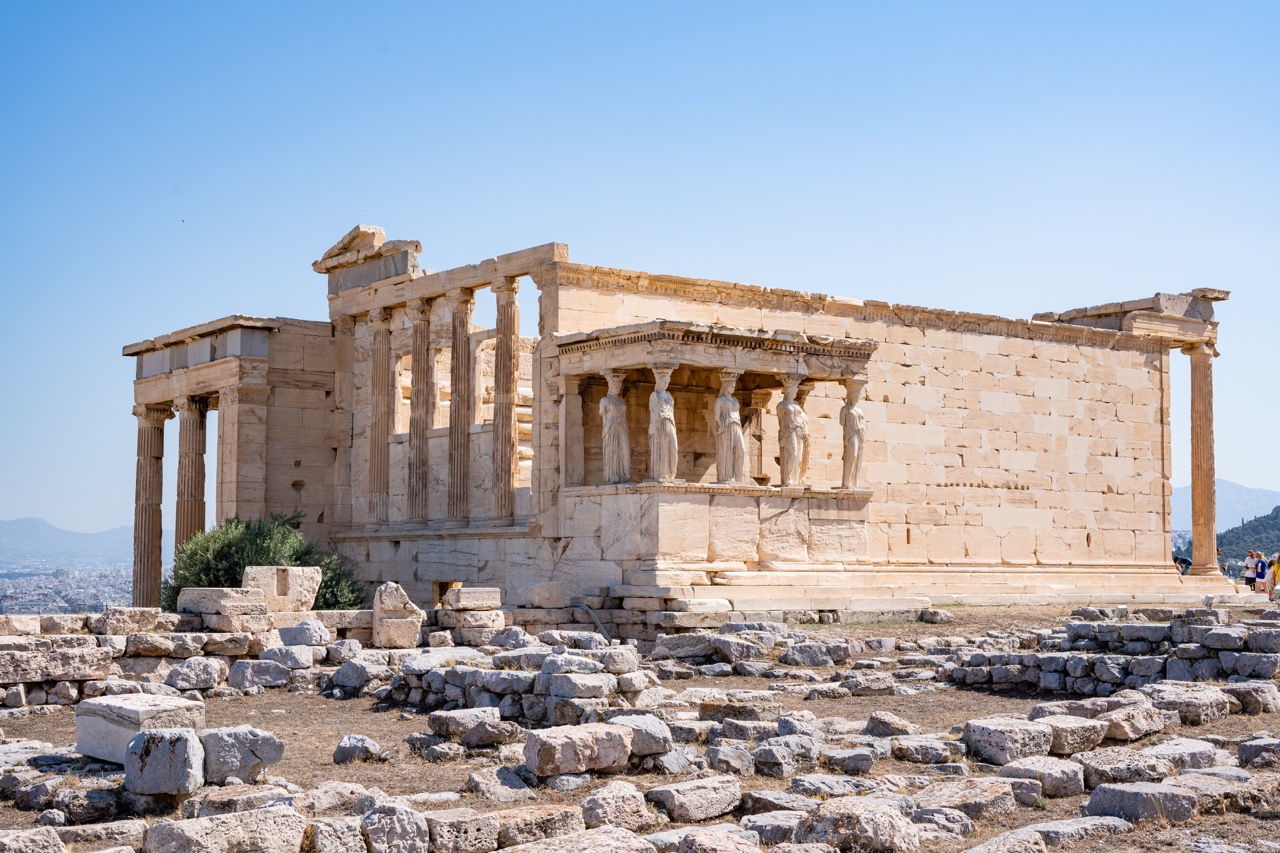
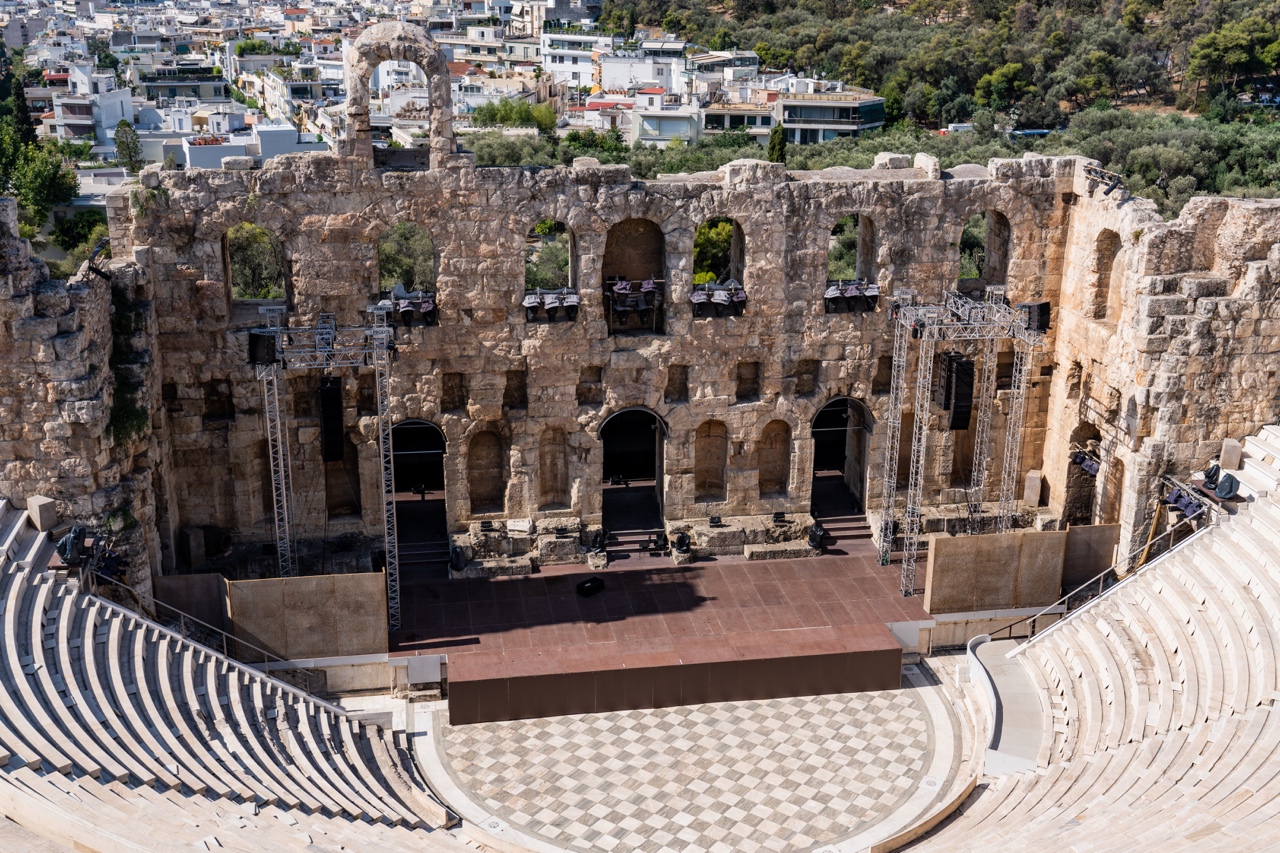
To check out our full Athens gallery, click here!
